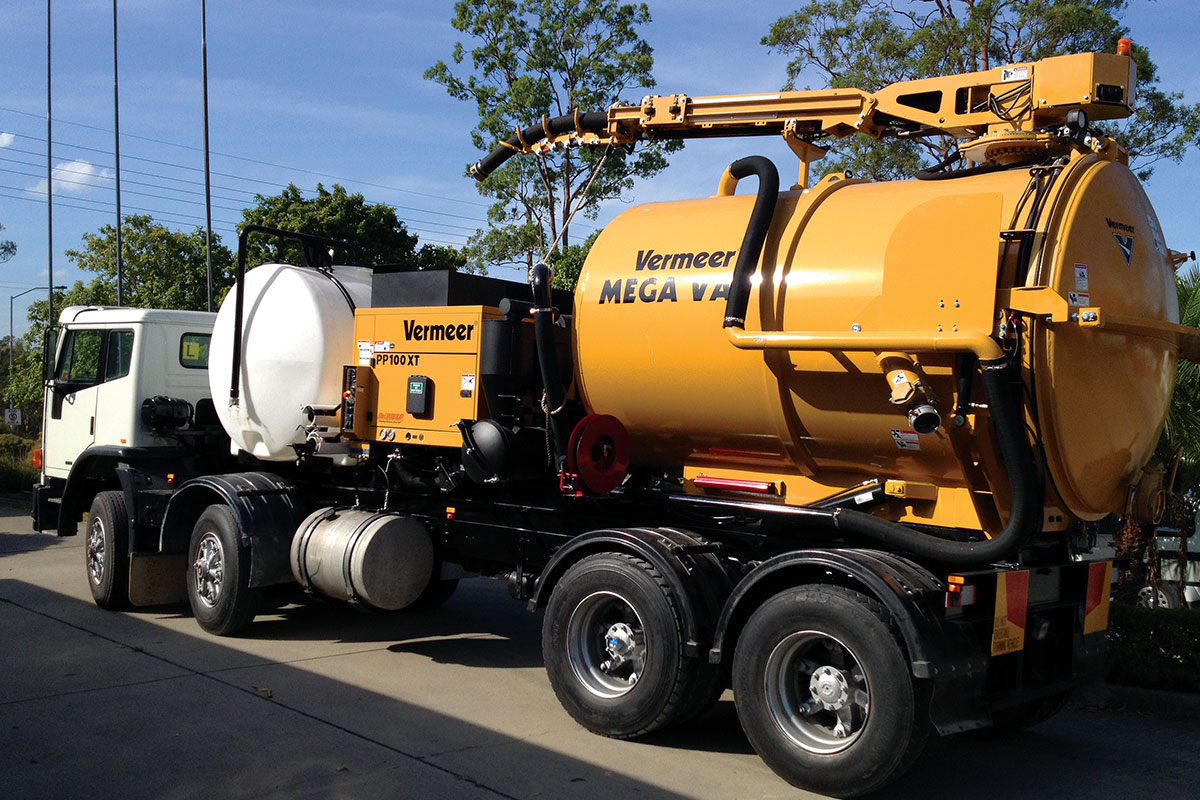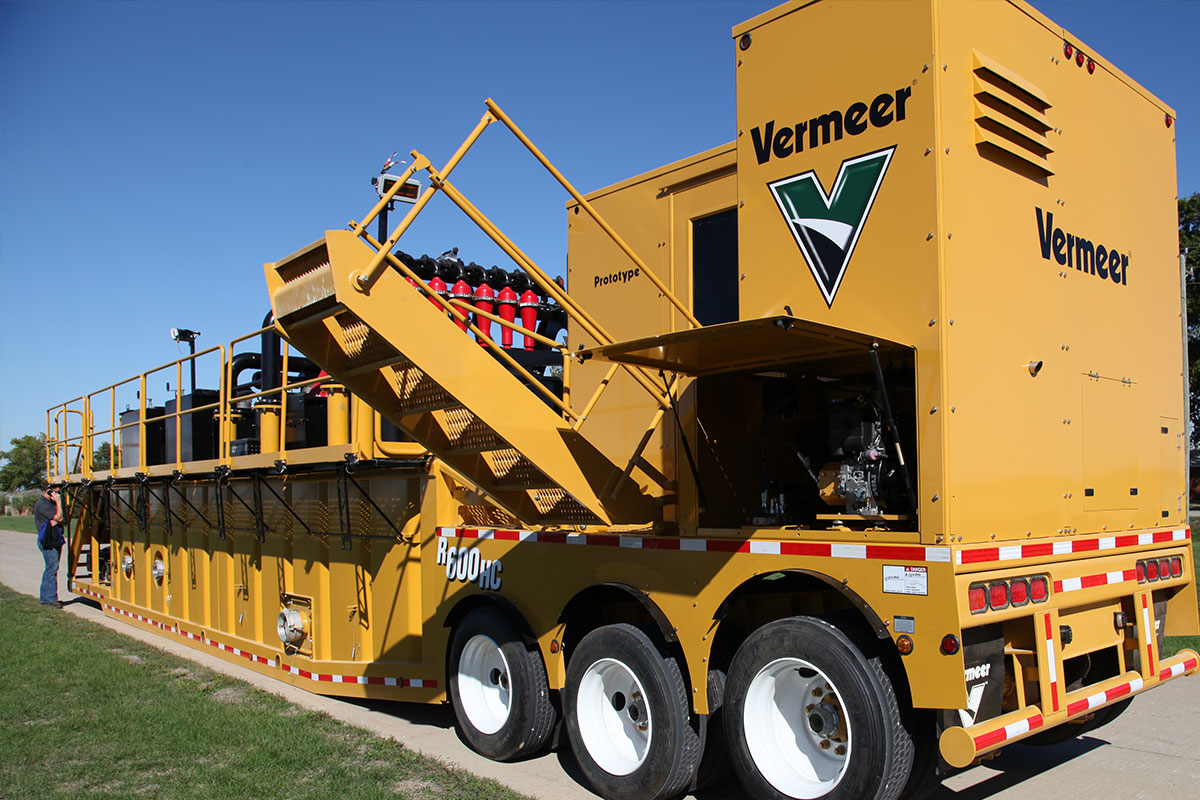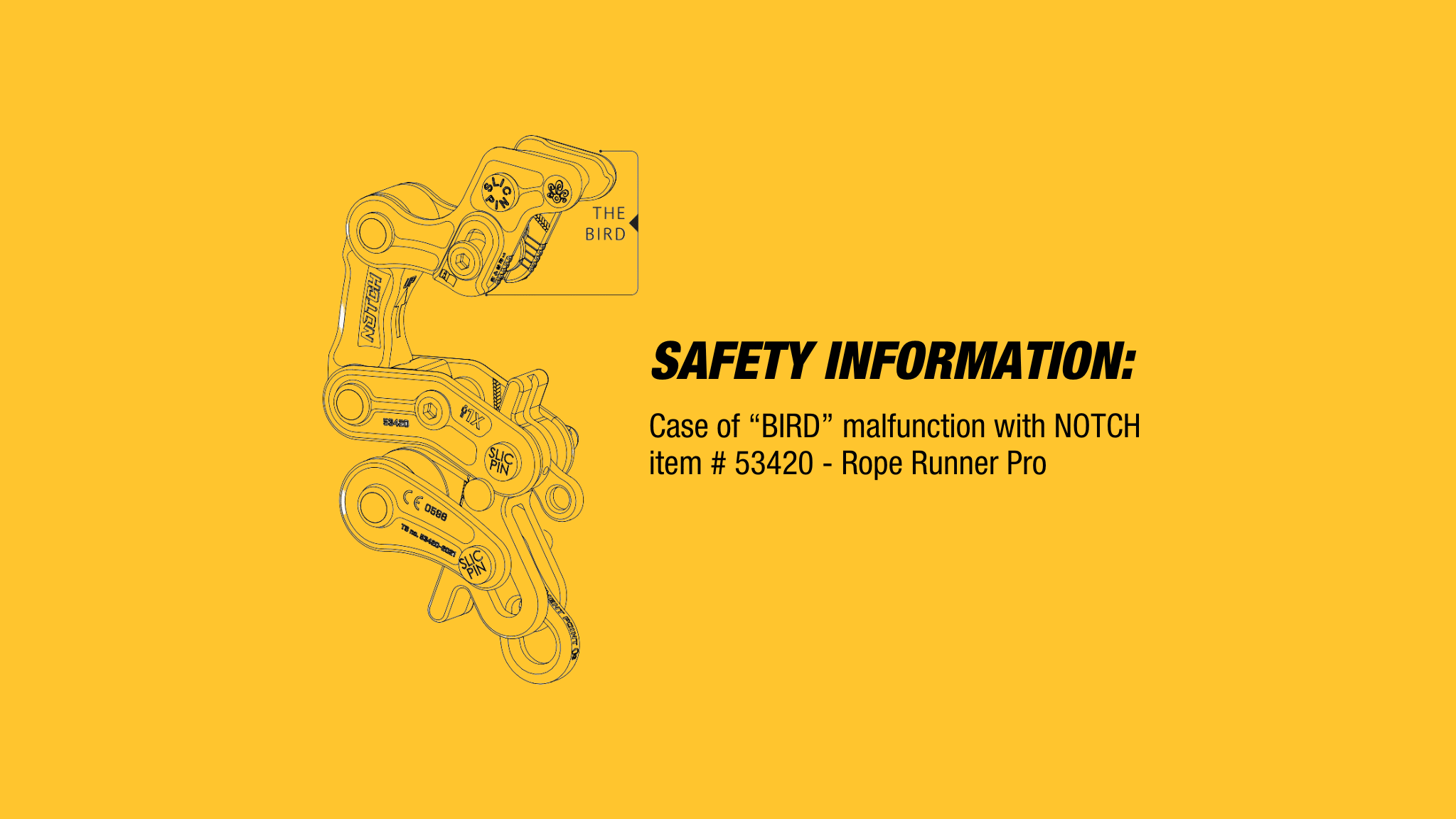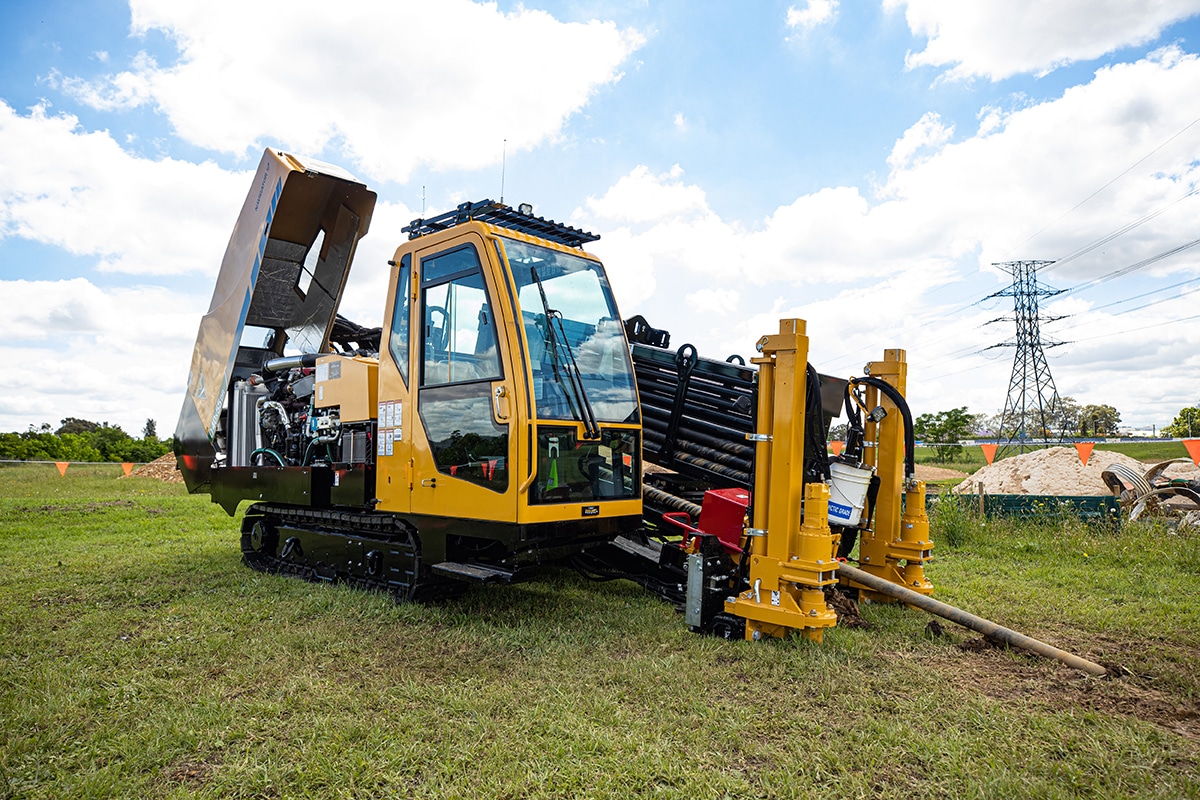Vacuum excavators are essential for jobs that require excavating in congested areas as they can safely remove spoil while minimising ground disruption and removing the risk of damaging assets. This vacuum excavation guide explores the key things that should be considered when selecting a vacuum excavator for your project.
Vacuum excavators use low-pressure water and air to remove spoil, and because these methods don’t cause damage to assets, it has become one of the most common ways of identifying existing utility assets during underground construction projects, as well as supporting HDD rigs in trenchless projects. However, Jeff Lawson, National Construction Equipment Sales Manager at Vermeer says there are several key factors that should be considered when choosing the correct vacuum excavator for your specific job.
Air versus water
Vacuum excavators use either water or air to displace the soil. Water is faster to dig through most types of material and is more effective on a wide variety of materials. As the materials will be wet, more spoil can also be held in the tanks.
“Air is not as fast as water, but it allows for a neater process as the materials are dry so they can be replaced to the site immediately. Using water, the material can’t be returned to the site unless it has dried out,” Mr Lawson said.
“Operators can also select the level of air or water pressure to use depending on the utility asset they are identifying. Low pressure should be used for gas and fibre lines, and high pressure for water pipes.”
Quality of the vacuum blower
Selecting the right vacuum blower for your application is an important step in any project. Mr Lawson said there are three distinct types of blower units used in the industry that you should be aware of: liquid ring pumps, centrifugal fans, and positive displacement blowers.
“Vermeer’s vacuum excavators use positive displacement blowers as they maintain constant volume and speed, and reduce loss of airflow,” Mr Lawson said.
Spoil tank size
Selecting the size of the spoil tank will determine how much spoil you can remove during the day. Mr Lawson recommends that operators select a tank size that can hold minimum of half a day’s worth of spoil, although a full day’s is ideal.
“The bigger the tank, the more material you can vacuum up and store. Another thing to keep in mind is that the size of the tank will also affect which tow vehicle or truck is required,” Mr Lawson said.
Vermeer has units with spoil tank capacity ranging from 500L to 11,000L. For projects with restricted space, their smallest unit, the 100 gallon VSK100 Vacuum Excavator, fits into the bed of a full size half-ton truck.

 MyDealer:
MyDealer:


